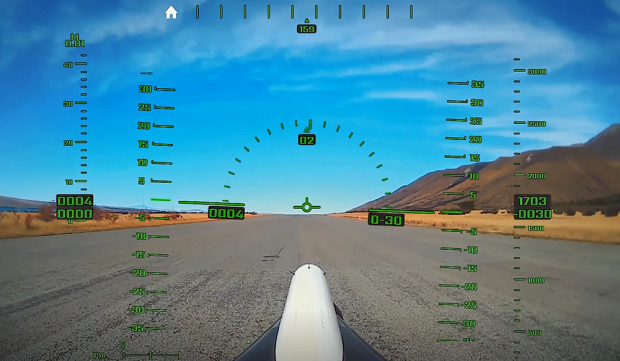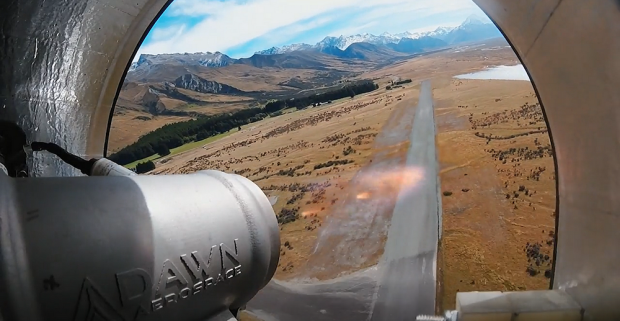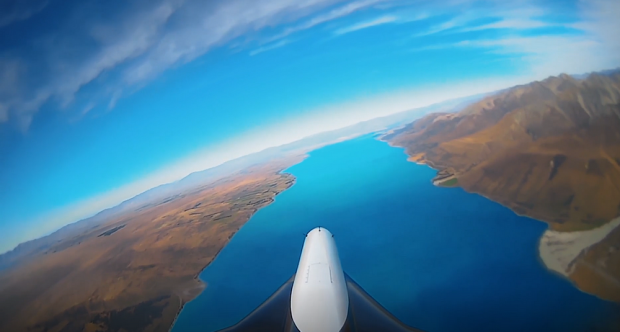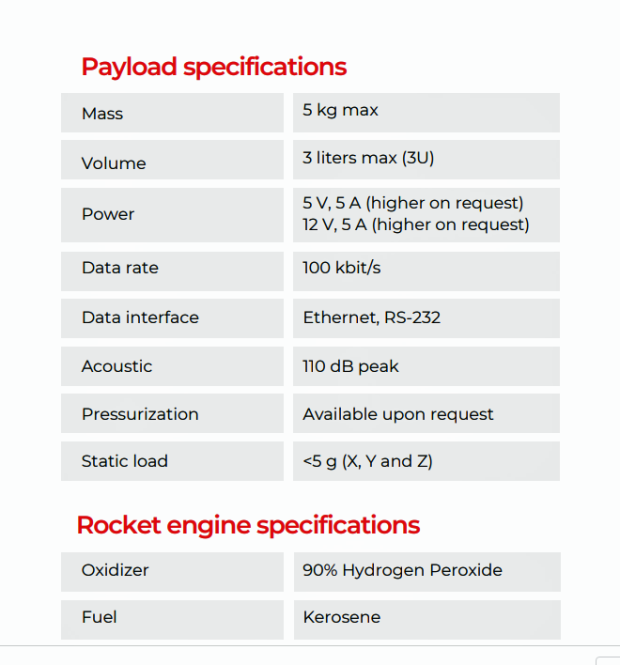Dawn Aerospace’s Mk-2 Aurora Spaceplane in Test Flights






Space transport startup Dawn Aerospace flew its Mk-2 Aurora robotic spaceplane with a rocket engine for the first time in March, a major step toward the company's goal of building a fully and rapidly reusable spaceplane. Dawn Aerospace plans to begin gradual envelope expansion flights of its suborbital Mk-2 Aurora spaceplane toward a target altitude of 100 km (62.1 mi.) following the completion of an initial rocket-powered flight test campaign. Dawn envisions its Mk-II Aurora, which can carry a small payload of 11 pounds (5 kilograms), flying twice a day in commercial space satellite launch operations. Last week, the 15.7-foot-long (4.8 meters) Mk-II Aurora flew three times, and "all test objectives were achieved," Future flights will increase speed and altitude. Watch a video here. Visit Dawn Aerospace for details.
